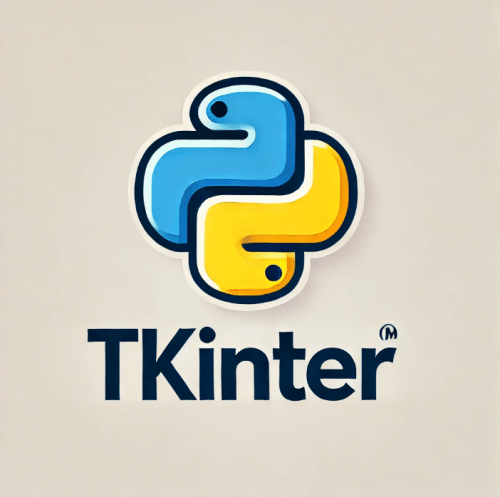51. Building a To-Do App in Flask vs. ServiceNow
2/26/2025
Through this experiment, I noted some key differences and similarities between the two approaches. Sharing my observations here—maybe you'll find them interesting!
Development Process
While the core development principles remain similar, the tools and approaches differ significantly. Here’s a breakdown of key aspects:
1. Data Modeling
-
Flask: Used SQLAlchemy to define and interact with the database.
-
ServiceNow: Created a new scope and added a custom table within the platform.
2. Defining Fields
-
Flask: Defined fields using Python models in SQLAlchemy.
-
ServiceNow: Used the ServiceNow UI to define table fields.
3. User Experience (Forms & Views)
-
Flask: Used an HTML template with a <form> element to accept user input.
-
ServiceNow: Uses Forms to display fields on the frontend, offering the flexibility to create multiple views for the same form—an advantage over Flask in terms of UI flexibility.
4. Logic & Automation
-
Flask: Implemented logic using routes and functions to handle user requests.
-
ServiceNow: Utilized Flow Designer, a powerful tool to automate actions triggered when a form is submitted.
5. Security & Access Control
-
Flask: Used simple authentication and a decorator function to secure routes.
-
ServiceNow: Enforces security through Roles, ACLs (Access Control Lists), and UI Policies to restrict user actions.
Final Thoughts
I find ServiceNow to be a powerful platform that simplifies application development with tools like App Engine Studio. Meanwhile, Flask provides greater flexibility for web-based applications, making it an excellent choice for developers looking to build and scale custom web apps.
For me, this was a great exercise to enhance my Python skills while exploring how different platforms approach app development.






